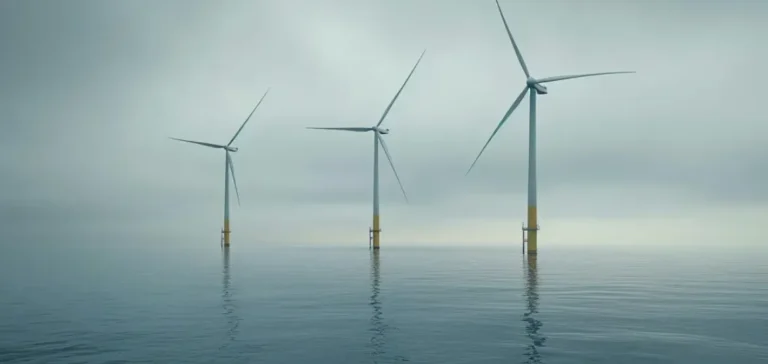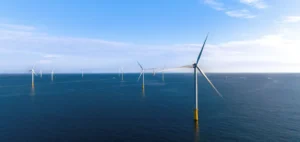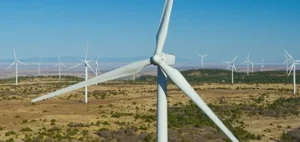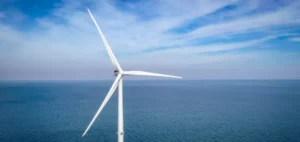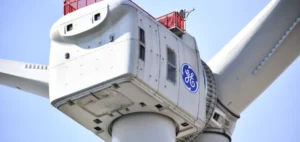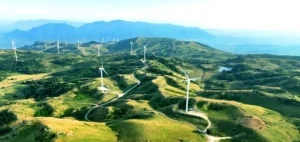The Muir Mhòr Offshore Wind Farm project reached a key milestone with Aberdeenshire Council’s approval of its onshore infrastructure. This large-scale commercial floating wind farm could generate up to one gigawatt (GW), representing capacity sufficient to power approximately 1.2 million homes annually.
First step of the consent process
The granted authorisation exclusively covers the project’s terrestrial facilities, including underground cabling and a substation for connecting to Britain’s national grid. The decision was made at a meeting of the local Infrastructure Services Committee, following extensive consultations with affected communities.
The offshore consent, required to build the floating turbines themselves, is still under review by the Scottish Government. Submitted late last year, this authorisation represents the final obstacle before the project’s effective implementation.
Expected regional economic impact
The Muir Mhòr Offshore Wind Farm, located approximately 63 kilometres off the coast of Peterhead, could generate substantial economic benefits for Aberdeenshire. Construction, operation, and maintenance phases are expected to generate numerous local jobs and mobilise a supply chain worth millions of pounds.
A community benefit fund will also be established, closely coordinated with local communities to support their specific priorities. According to project promoters, this initiative will include programmes aimed at developing the skills of the regional workforce from the earliest educational stages.
Project partners
The Muir Mhòr Offshore Wind Farm is an equal joint venture between Fred. Olsen Seawind and Vattenfall, both well-established companies in Scotland’s energy market. This collaboration marks a significant step for both entities, which aim to support Scotland in becoming a leader in the floating offshore wind sector.
David Hinshelwood, Project Director of the Muir Mhòr Offshore Wind Farm, highlights the importance of this initial consent: “The onshore approval marks a crucial advancement for our project. We carefully considered feedback from local communities throughout the process.”
Rachel Baird, Onshore Consents Manager, recalls the approach of engagement adopted: “We ensured transparency with residents and businesses, integrating their comments directly into our applications.”
The final decision regarding offshore consent is now awaited, determining the project’s continuation and its future contribution to UK energy security.


